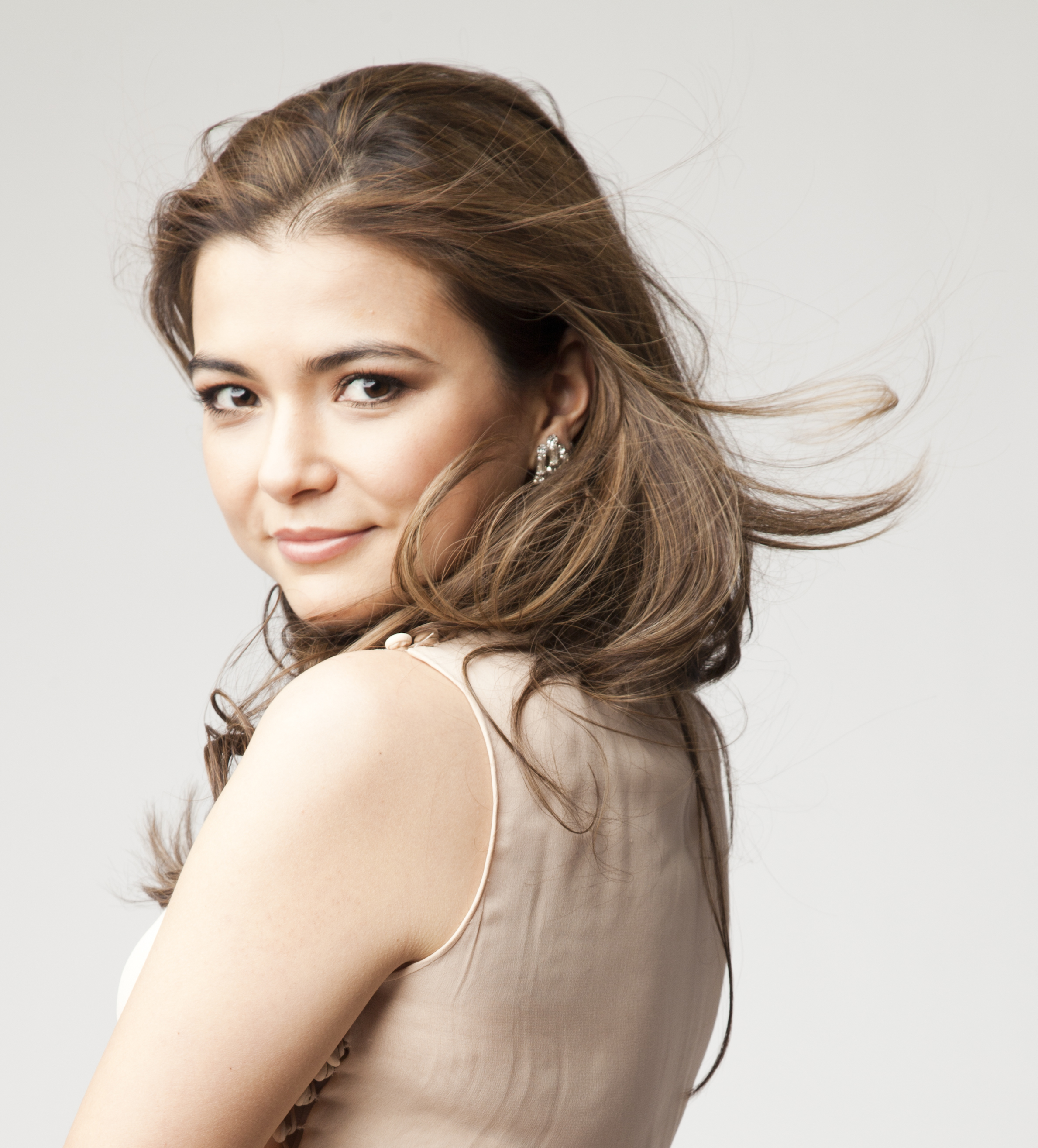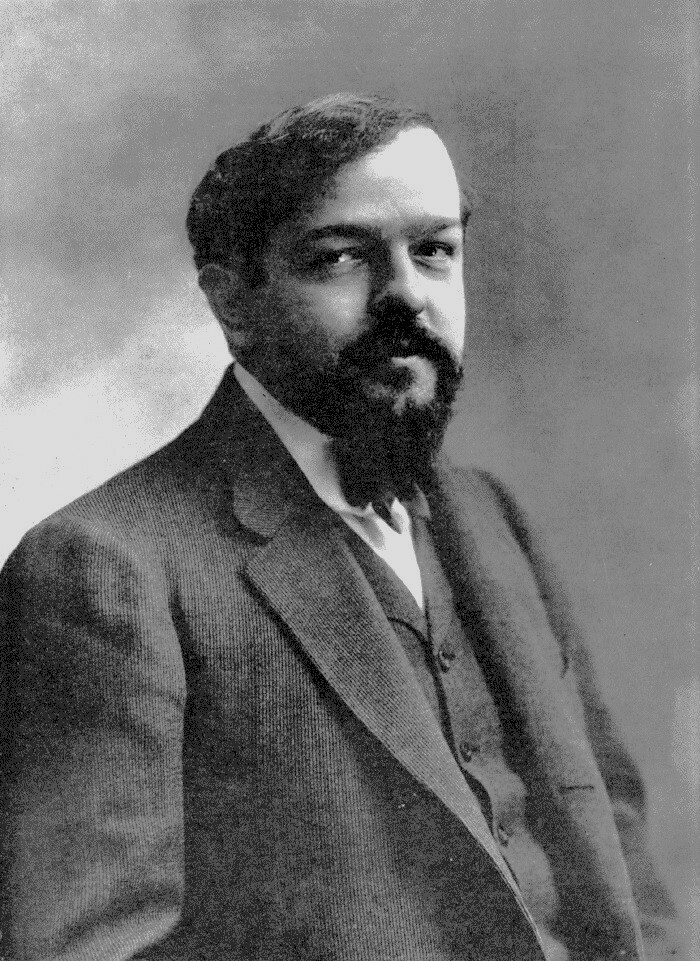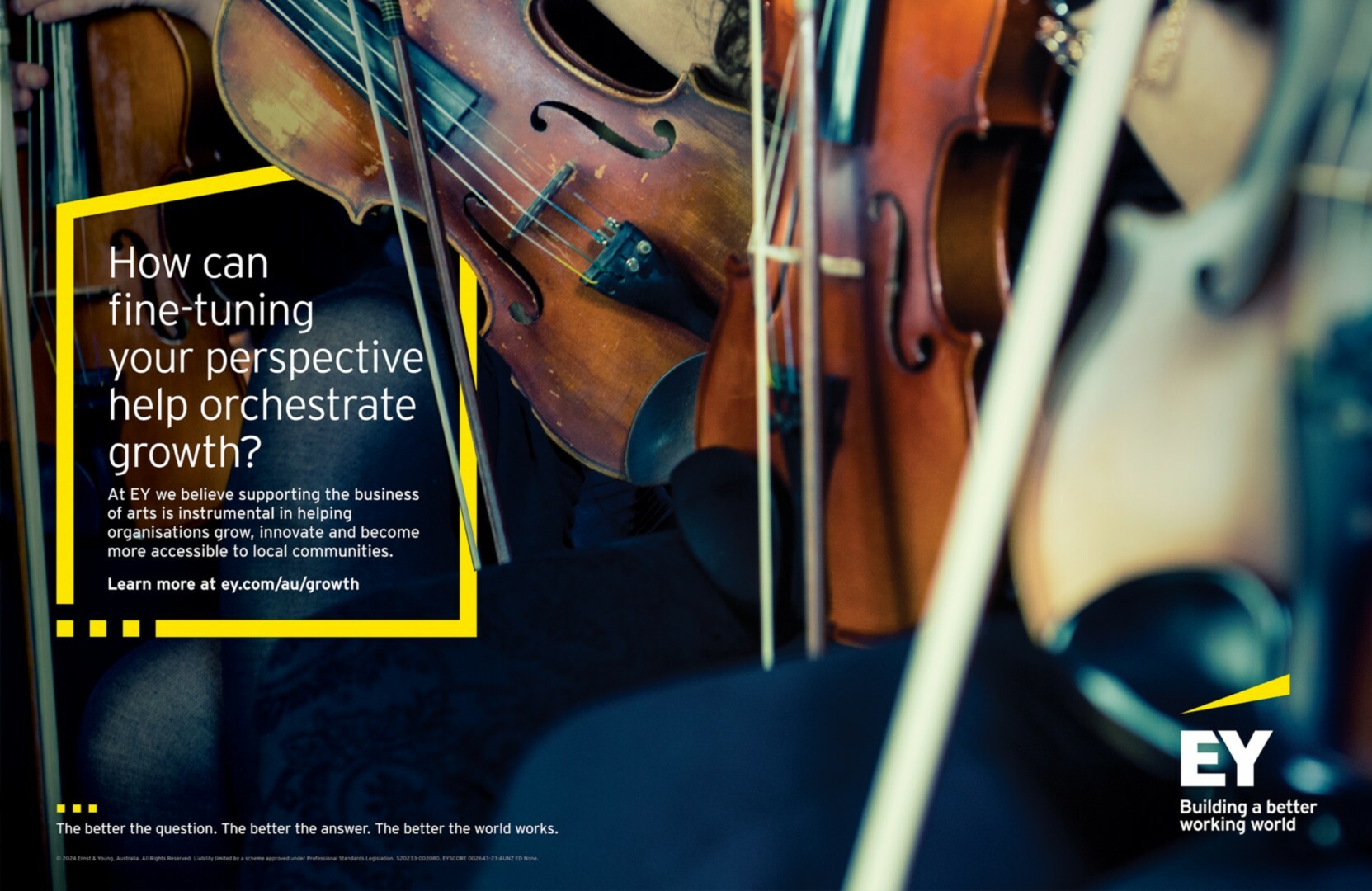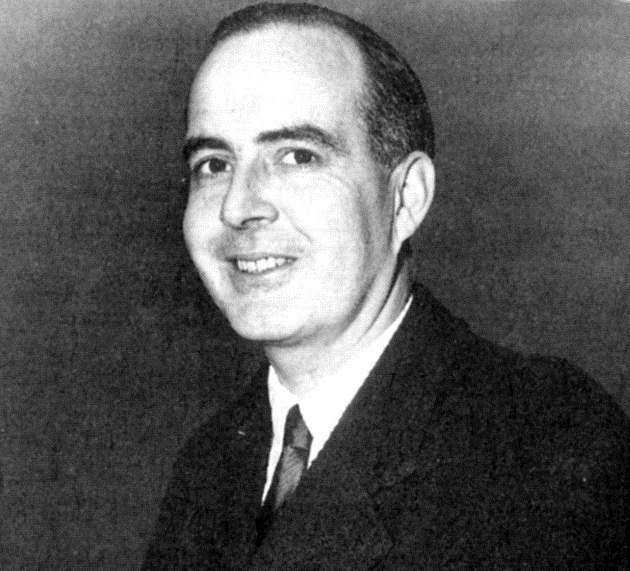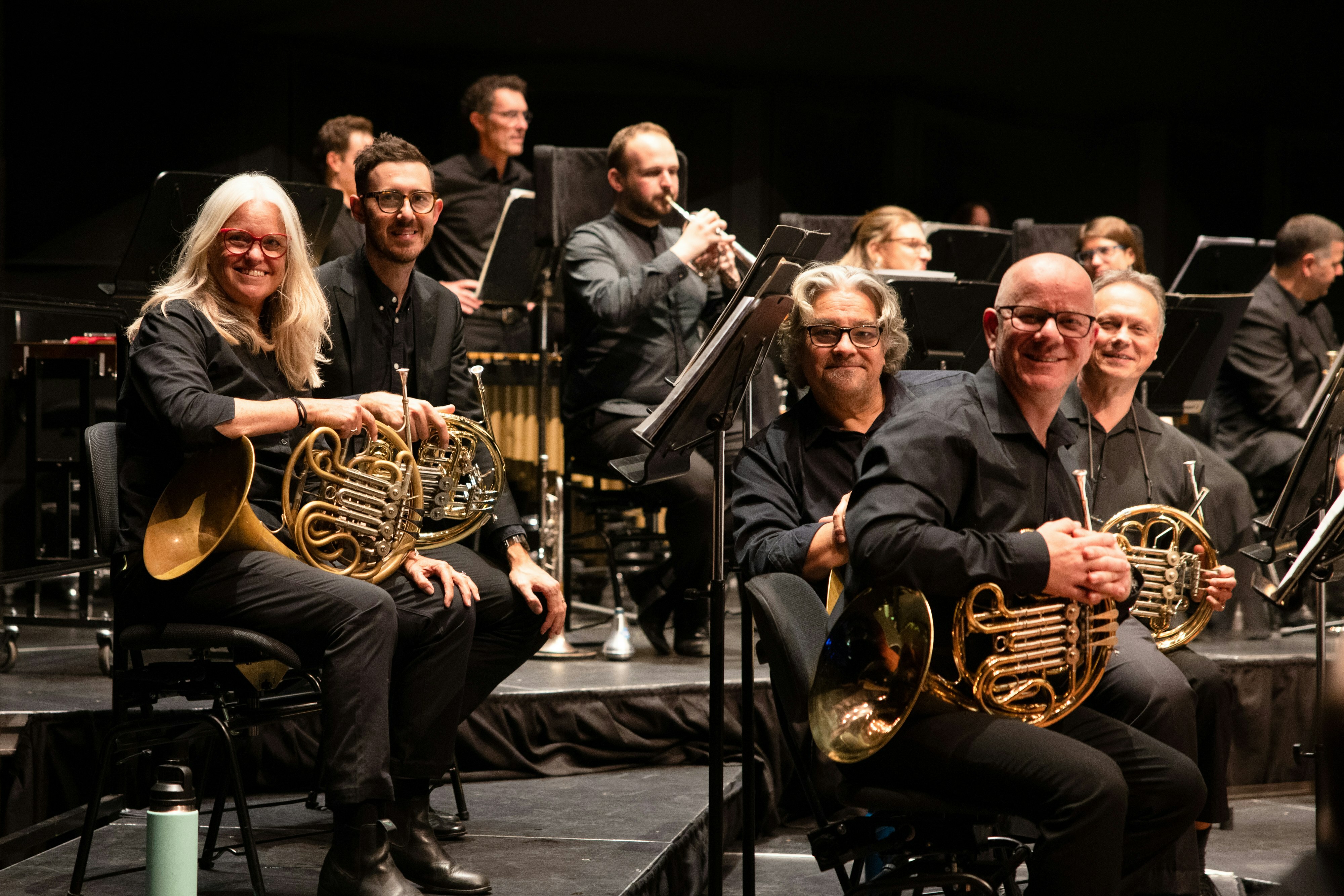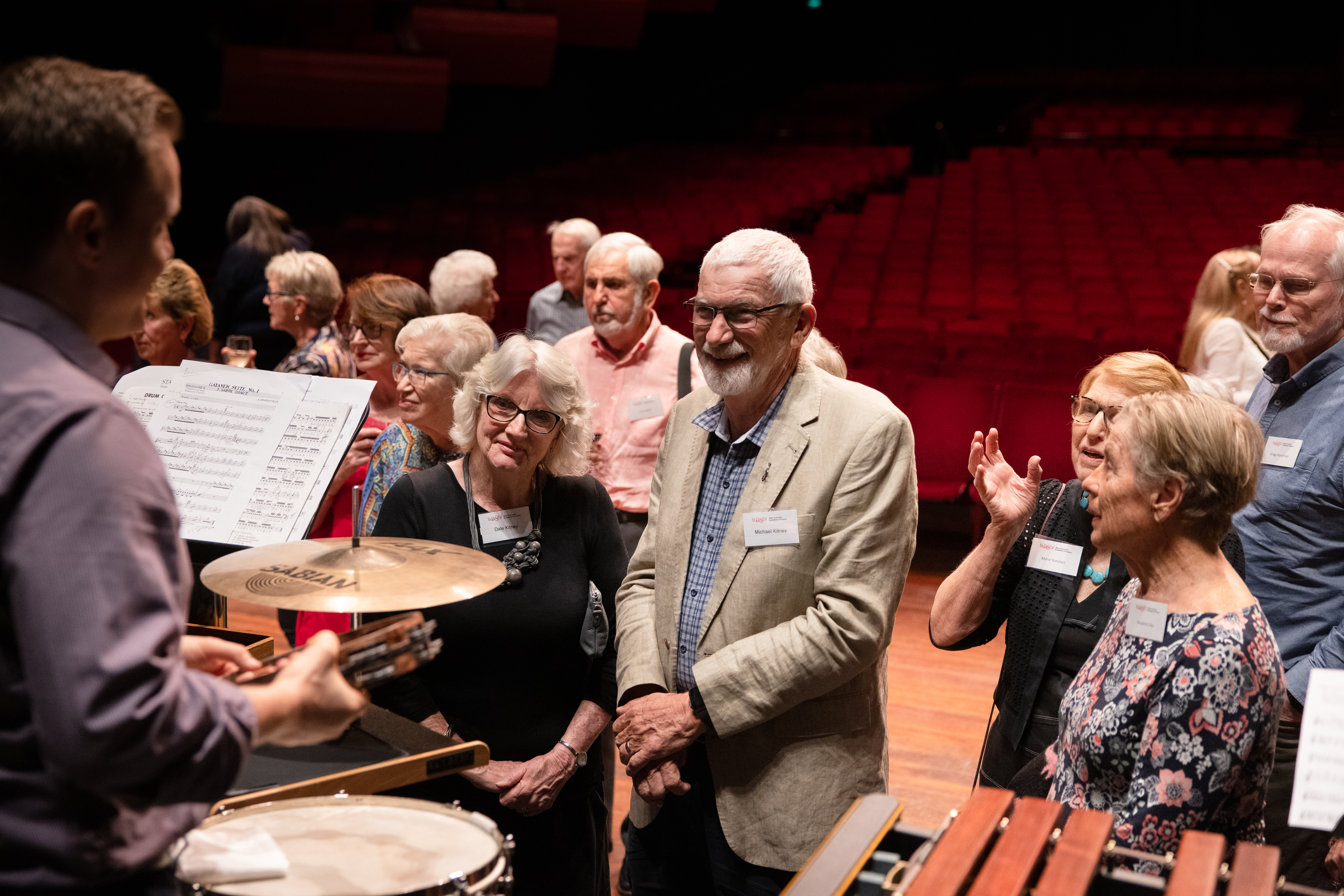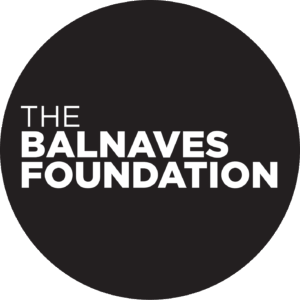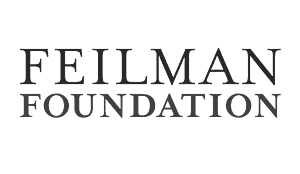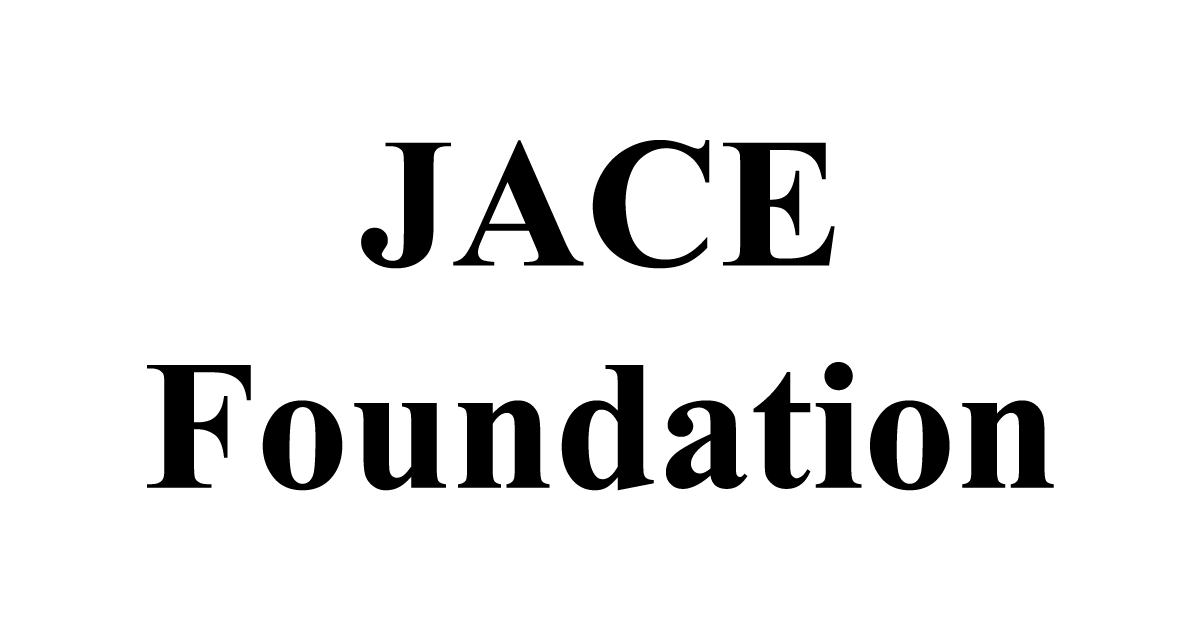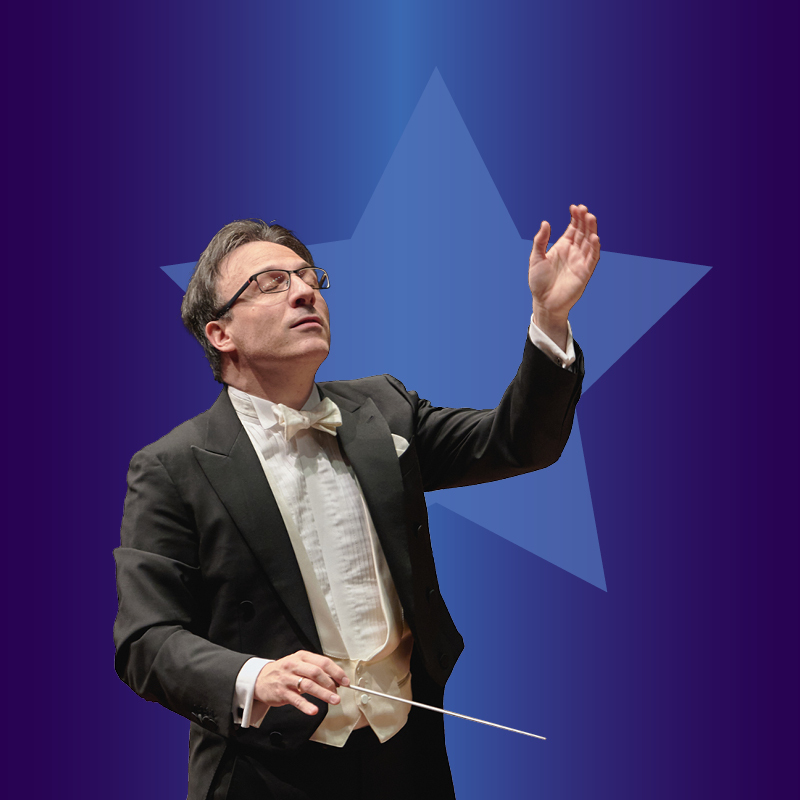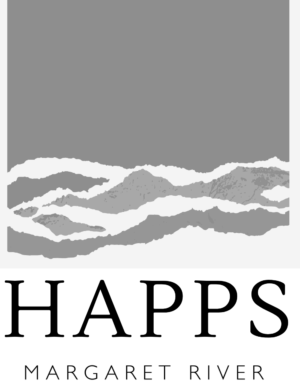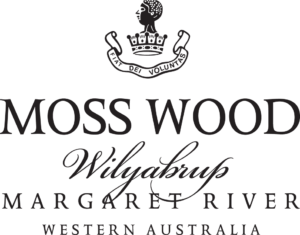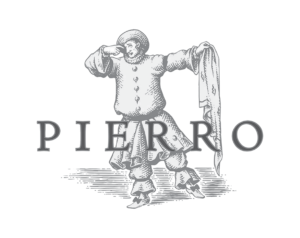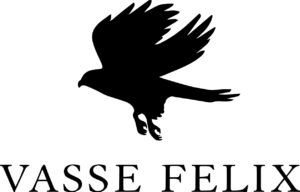The Forgotten Symphony
MACA CLASSICS SERIES
Friday 23 & Saturday 24 August 2024, 7.30pm
Perth Concert Hall

West Australian Symphony Orchestra respectfully acknowledges the Traditional Custodians and Elders of Country throughout Western Australia, and the Whadjuk Noongar people on whose lands we work and share music.
How to use your Digital Program
The Forgotten Symphony
This concert is dedicated to the memory of Emeritus Musician and former Principal Viola of the West Australian Symphony Orchestra, John Dean.
Claude DEBUSSY Prélude à ‘L’après-midi d’un faune’ (10 mins)
Samuel BARBER Violin Concerto (25 mins)Allegro
Andante
Presto in moto perpetuo
Interval (25 mins)
César FRANCK Symphony in D minor (41 mins)
Lento – Allegro non troppo
Allegretto
Allegro non troppo
Asher Fisch conductor
Karen Gomyo violin
Asher Fisch appears courtesy of Wesfarmers Arts.
Wesfarmers Arts Pre-concert Talk
Find out more about the music in the concert with this week’s speaker, Philip Everall. The Pre-concert Talk will take place at 6.45pm at the Terrace Level Corner Stage.
Wesfarmers Arts Post-concert Talk (Saturday Only)
Join soloist Karen Gomyo for a postconcert interview immediately following the performance in the Terrace level foyer. Uncover more about the music and hear insights into the performance experience.
Listen to WASO
This performance is recorded for broadcast Wednesday 23 October, 1pm (AWST) on ABC Classic. Date subject to change. For further details visit abc.net.au/classic
Vale John Dean

WASO is saddened by the passing of Emeritus Musician, John Dean. John was a valued colleague and much-loved member of WASO for 33 years.
Following in the footsteps of his father Horace Dean (WASO violinist from 1942 to his retirement in 1969), John joined the Orchestra in the violin section before moving to the viola section when a permanent position became available in 1956. He held the position of Principal Viola from 1970 to 1989 and appeared as a soloist with WASO on several occasions, including a performance of Berlioz’s Harold in Italy. John’s wife, soprano Margot Robertson, also performed as soloist with WASO on numerous occasions.
John was a member of the Oriel String Quartet (the first West Australian group to tour the Eastern States for Musica Viva), a founding member of both the Perth Chamber Soloists and the Australian String Teacher’s Association, a tutor at the University of Western Australia, and an AMEB examiner.
John’s legacy is continued by his daughter Amanda, who has been playing as a casual percussionist with WASO since the 1980s.
Photo: John Dean (front right), 1967, in ABC Studio 620.
WASO On Stage


